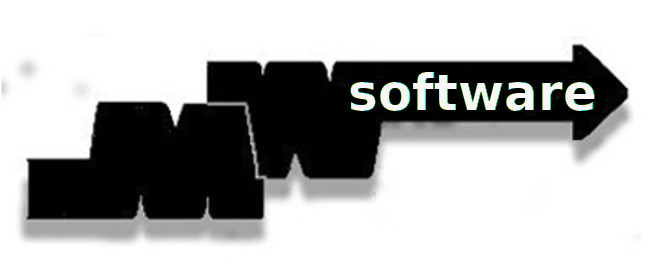Database vs Spreadsheet
Overview
Spreadsheets and databases are both data storage tools, but they differ significantly in their capabilities and use cases. Spreadsheets excel at simple data organization and analysis, while databases are designed for managing large, complex datasets with robust features for querying, security, and collaboration.
Here's a more detailed comparison:
Spreadsheets:
Purpose: Designed for organizing, manipulating, and analyzing smaller datasets, often used for tasks like budgeting, tracking simple information, and creating reports.
Data Structure: Data is organized in rows and columns within a single, flat structure.
Data Volume: Best suited for smaller datasets that can fit within a single spreadsheet.
Querying & Reporting: Offers basic filtering and sorting capabilities, but complex queries and reports can become cumbersome.
Security & Collaboration: Lacks robust security features and can be challenging to manage when multiple users are involved.
Examples: Microsoft Excel, Google Sheets.
Databases:
Purpose:
Designed for managing large, complex datasets with features for efficient querying, data integrity, and security.Data Structure:
Data is organized into tables with relationships between them, allowing for more complex data management.Data Volume:
Can handle massive amounts of data, making them suitable for large organizations and complex applications.Querying & Reporting:
Offers powerful querying capabilities, allowing users to extract and manipulate data in complex ways.Security & Collaboration:
Provides robust security features and allows for controlled access and collaboration among multiple users.Examples:
MySQL, PostgreSQL, Microsoft SQL Server, MongoDB.

